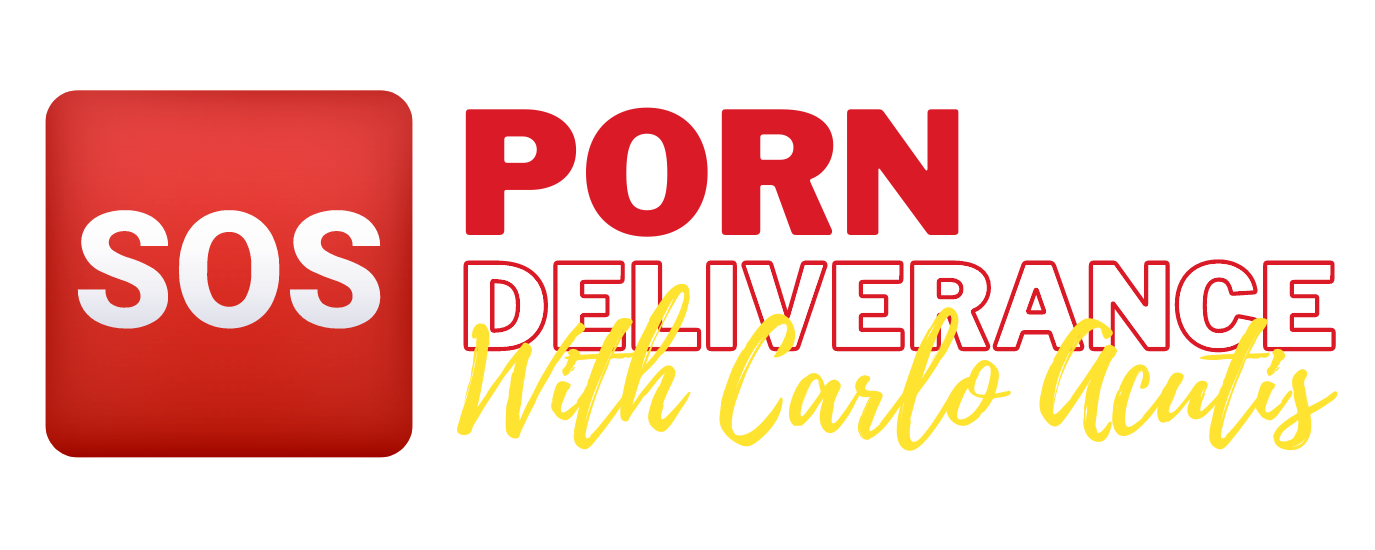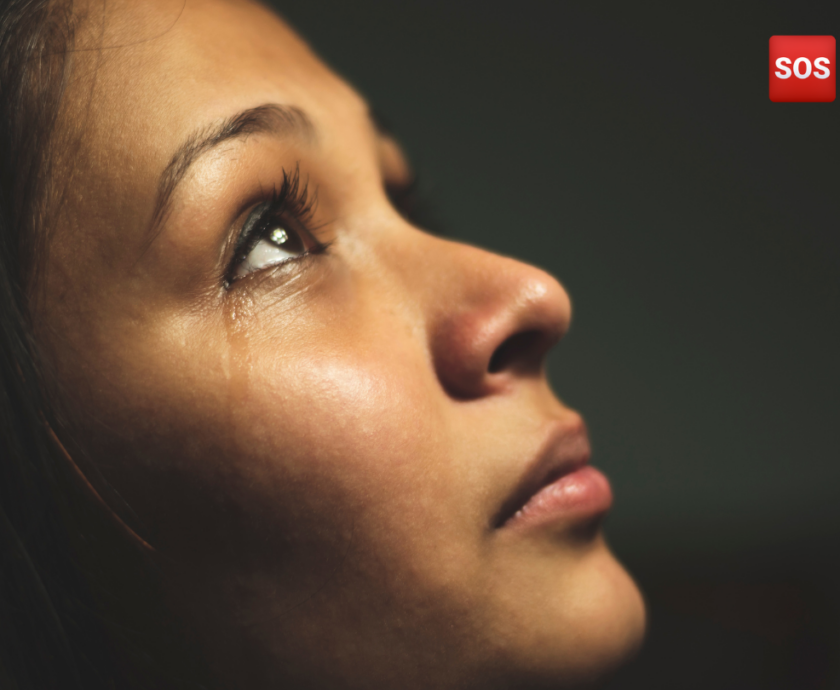How to rediscover your unity and freedom in 10 steps?
Here is an extract from the book ‘Delivered’ by Tanguy Lafforgue, helping you rediscover unity and freedom in 10 steps
Addiction has consequences on every dimension of your person. Therefore, only an overarching strategy, relying on a general overview is what will help break the deadlock and mean you can rediscover unity. Here are some pointers to help you establish good limits and put the addictive fake-me in its place.
Step 1: Recognise a strategy that involves escaping doesn’t work.
Step 2: Discover how to regain control
Step 3: Treat the external and internal triggers, and deactivate any brain-conditioning
Treatment of triggers will bring serenity and security, will lower the excessive stimulation of compulsive behaviours and help you take back the control of your environment.
Step 4: Recognise that mindset is responsible for urges in a big way, learn to think more flexibly, and sort through thoughts that bother you
The addictive false-me brings out problematic thoughts; these, lock themselves into addictive behaviours justifying themselves, draining self-confidence and self-esteem. But we can identify the times we tell these “stories” to ourselves and then either modify them or distance ourselves entirely from them.
Step 5: Tame our emotions and make allies of them in order to grieve and move on
The addictive false-me had the bad habit of not trusting my emotions, which were presented as something bothersome and provoked shame. Through a lack of self-confidence and out of fear of being bothered, it became preferable they were numbed and ignored. By behaving in this manner, we’re cut off from the useful messages our emotions send us. But you can rediscover how to become conscious of them again and learn to decipher them in order to have a better understanding and ability to interact.
Step 6: Reconnect with your body to regain control of your brain, and to boost well-being
The human body provides useful information and resources. It enables us to connect with ourselves and to the world around us, to anchor ourselves in the present, to better know ourselves and so better control ourselves. The addictive false-me is often cut off from the body, and this is what gives disturbing thoughts a disproportionate place. Disconnecting from them enables you to find balance again.
Step 7: Teach yourself to no longer mechanically react to your desires, review the relationship you have with pleasure, face difficulties instead of fleeing them
The addictive false-me can be overcome, if we take action. Out of fear of failure and shame, it prefers to flee the situation rather than confront obstacles or difficulties. This means multiple opportunities are missed to learn and strengthen your self-confidence. Little by little you can take action, discovering how to be responsible, learning from negative experiences, becoming proactive in your life.
Step 8: Motivate yourself to change
When we want to stop an addictive behaviour, the vital ingredient is not willingness but motivation. There are so many sources of motivation; they are real assets. The more we are connected to good reasons for changing and conscious of what personal resources we may have, the more motivation and confidence will grow in us.
Step 9: Understand what withdrawal consists of, and prepare for it effectively
Stopping an addictive behaviour is not easy but it’s not a nightmare either. The keys: freedom and peace. The ninth step concretely explains how withdrawal will play out. We’ll never stop everything in one go. Like in any period of transformation, it will happen in an irregular and progressive manner, with highs and lows which we’ll need to learn to manage.
Step 10: When you’ve finished mourning get on with life, and stay vigilant
Taking back control of addictive behaviours is possible but a memory of the addiction will always remain somewhere in the brain. We’ll never eradicate the addictive false-me, but we learn to live with it, keeping it in its place. The last step invites us to savour life after addiction, staying humble and vigilant and keeping up the movement of personal growth undertaken during the withdrawal period.
What do you think? We are here for you, via the chat to listen and answer your questions:
- How to rediscover your unity and freedom in 10 steps?
- Edgar’s testimony: “what if marriage could resolve my problem?”
- François’s recovery from a 25-year porn addiction.
Extract from the book: Délivré – 10 steps to stop using pornography- Tanguy Lafforgue – Coeur Hackeur





